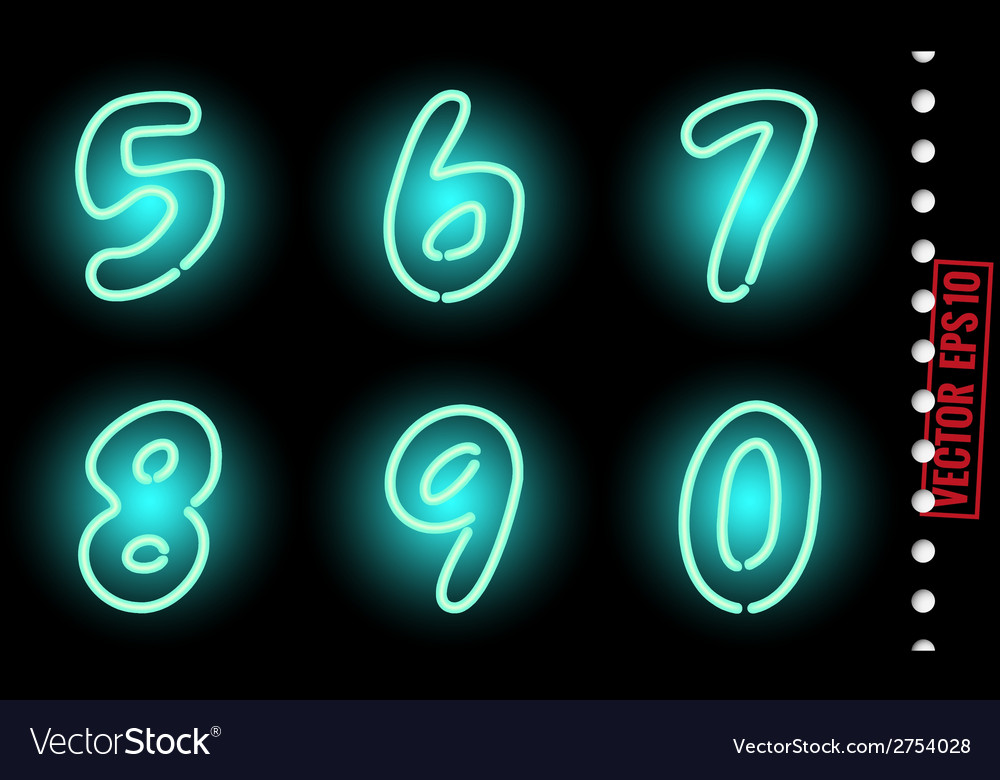
Today, the majority of the lights you see in many places, such as on the Las Vegas strip, are made from mercury and argon and colored with phosphors. Other colors are created by using a variety of other gases, such as argon, mercury, helium, krypton and xenon, according to the Edison Tech Center. Argon makes blue light, and neon makes the clear orange-red that is familiar in neon signs, said Bill Concannon, a neon-sign artist and owner of Aargon Neon, a sign shop in Crockett, California. First developed by French engineer Georges Claude in 1902, neon lights create light by applying electricity to neon or argon in a sealed glass tube. The most common use of the gas is in neon signs, which have a century-long history. When liquefied, neon is an important cryogenic refrigerant that has more than 40 times the refrigerating capacity per volume than liquid helium and more than three times that of liquid hydrogen, according to the Royal Society of Chemistry.The discovery of the neon in these disks helps astronomers track the gas content around the young stars during different stages of their development in order to better understand how planets form.

NEON MASS NUMBER FULL
These are the most stable and least reactive elements due to having full valence shells (the outer shell has the max number of electrons, two for helium, eight for the rest). Neon, along with helium, argon, krypton and xenon, make up the group known as noble gases.Neon has the smallest temperature range (2.6 degrees C or 4.7 degrees F) for which it is a liquid, according to Chemicool.According to Minerals Education Coalition, neon is primarily obtained from liquefying air.Neon is created in large mass stars when the internal pressure of the star is great enough to fuse carbon atoms into neon atoms, according to Berkeley Lab.In Earth's atmosphere, neon only composes about 0.0018 percent, according to Chemicool.Neon is the fourth most abundant element in the universe, according to the Jefferson Laboratory.Neon (Image credit: general-fmv, Andrei Marincas Shutterstock) Who knew? From those elements' places on the Periodic Table, he deduced that there was a yet unknown element between the two noble gases. Ramsay had previously discovered argon in 1894 and was the first to isolate helium in 1895. Most common isotopes: Ne-20 (90.48 percent natural abundance), Ne-22 (9.25 percent natural abundance), Ne-21 (0.27 percent natural abundance)Ĭhemists William Ramsay of Scotland and Morris Travers of England discovered neon in 1898, according to Chemicool.Number of isotopes (atoms of the same element with a different number of neutrons): 19.Boiling point: minus 410.94 degrees F (minus 246.08 degrees C).

Melting point: minus 415.46 degrees Fahrenheit (minus 248.59 degrees Celsius).Density: 0.0008999 grams per cubic centimeter.Atomic weight (average mass of the atom): 20.1797.



 0 kommentar(er)
0 kommentar(er)
